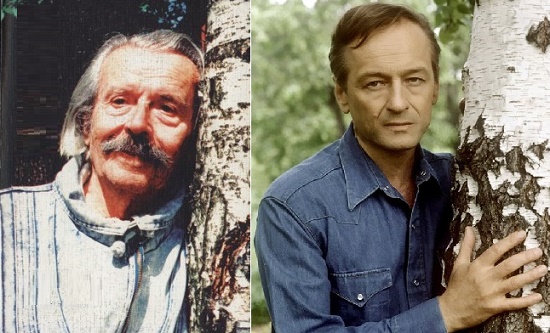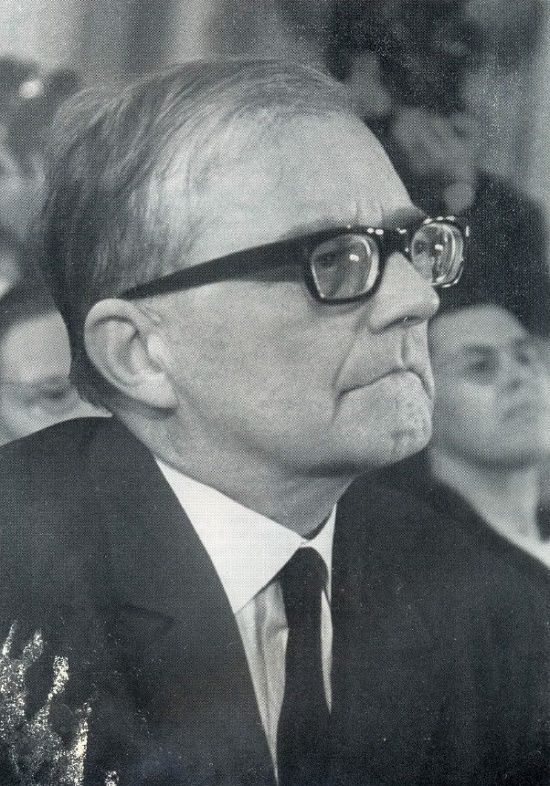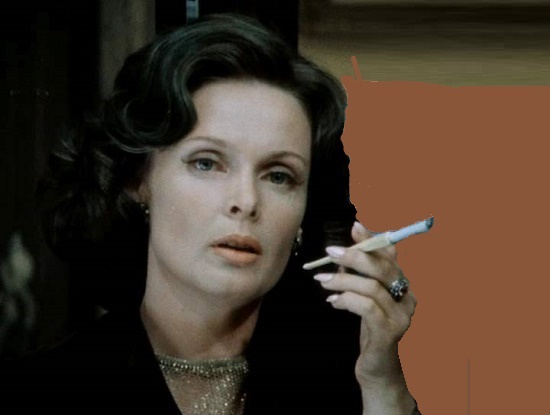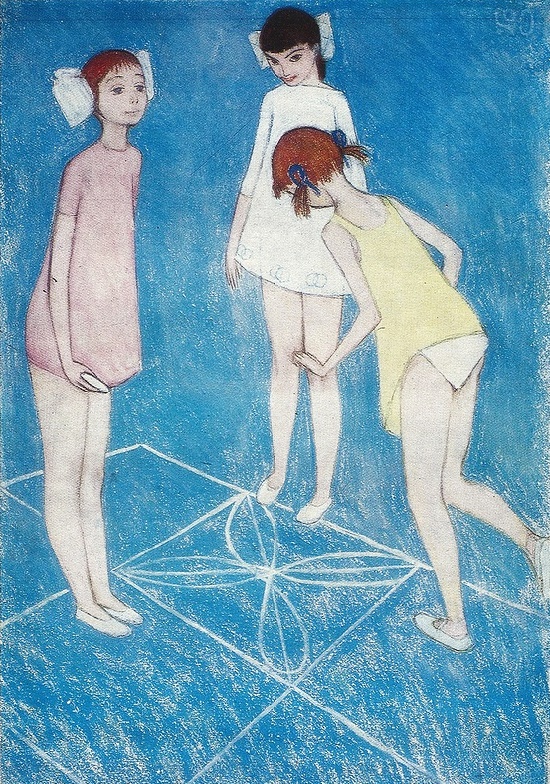Soviet Latvian actress Dzidra Ritenberga 1928-2003
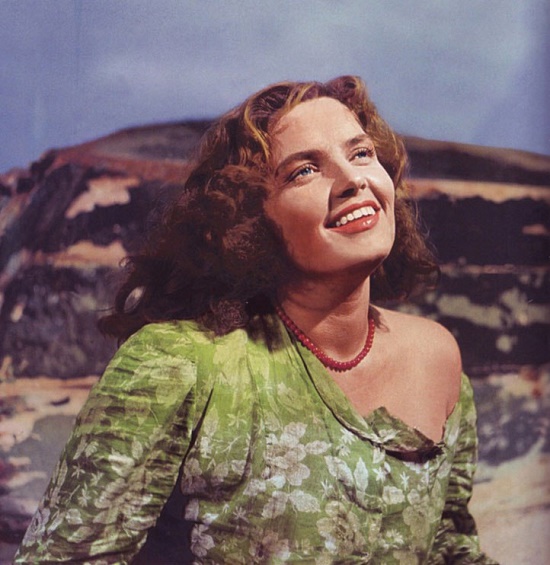
The image from the popular in the USSR magazine ‘Soviet Screen’, 1957. Soviet Latvian actress Dzidra Ritenberga. (August 29, 1928 – March 9, 2003)
Soviet Latvian actress Dzidra Ritenberga
Born August 29, 1928 in Latvia, Soviet Latvian actress, film director Dzidra Arturovna Ritenberga was the winner of the prize of the Venice Film Festival for the performance of the main role in the film “Malva” directed by Vladimir Braun (1957).
She graduated from the Liepaja evening high school, the studio of the State Drama Theater and the director’s department of the theatrical faculty of the Latvian State Conservatoire (1974).
She was an actress of the Liepaja Drama Theater (1948-1957), the Riga Theater of Russian Drama (1957-1962), and the Moscow Drama Theater of KS Stanislavsky (1962-1975). And later, Director of the Riga Film Studio (1975-1990).
Member of the Union of Cinematographers of Latvian SSR since 1958. Honored Artist of the Latvian SSR (1960).
Was married to the actor Evgeny Urbansky, tragically died on November 5, 1965 on the shooting of the film “Director”. After his death, she gave birth to her daughter Yevgenia.
Read more »

